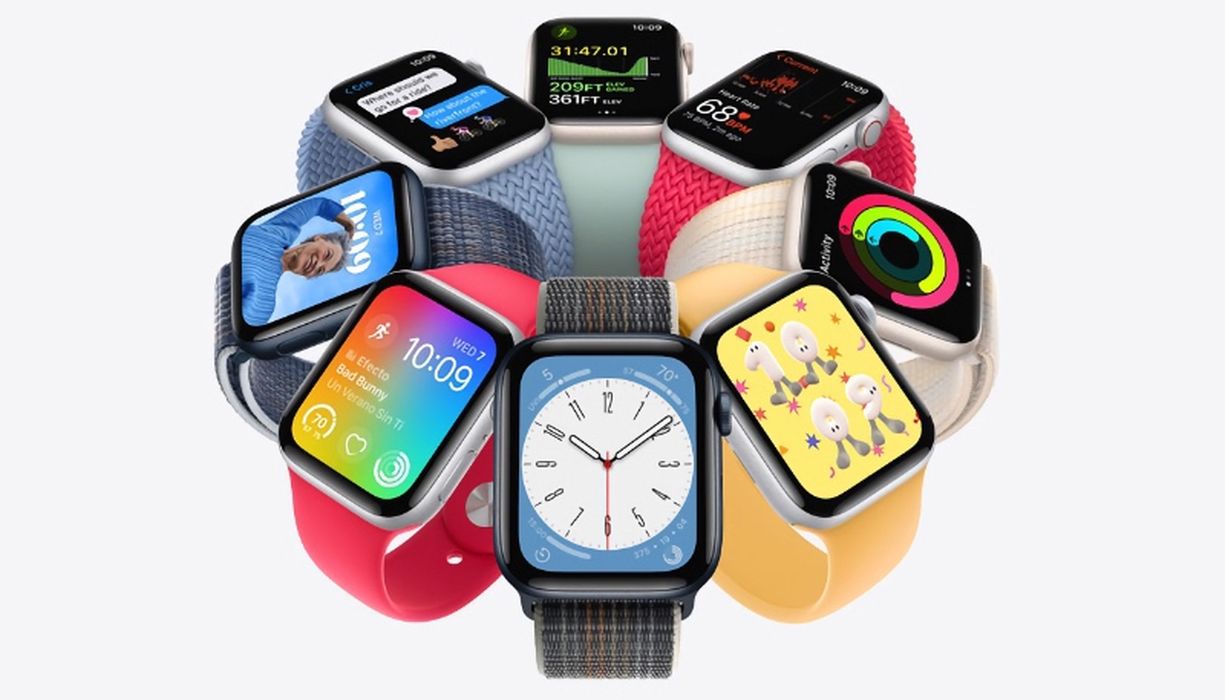
I have some thoughts on the latest rumors of Apple getting into 3D printing.
When I first heard the news last week I initially thought: “Finally they are coming out with a consumer 3D printer that actually works!”
But no, that’s not it at all.
Instead the company is apparently experimenting with using industrial 3D printing to prepare the metal cases for a new Apple Watch series (9).
Ironically, as the 3D print industry shifted from consumer products to manufacturing, so too is Apple, or so it appears.
After a moment of disappointment, I realized that this could be quite a moment in 3D printing history. Let me explain why.
Up to now 3D printing has been viable in only a few manufacturing sectors. These tend to be applications where there is some extreme functional advantage (for example lightweight parts for aerospace) or customization (for example dental aligners).
Another factor is cost: 3D printing tends to be more expensive, part for part, than traditional mass manufacturing, except in the case of low volume production. This means that most applications are financially blocked from using the technology. However, certain applications are already accustomed to high-priced parts, including aerospace and healthcare, and that’s where the technology has thrived.
The rest of industry simply waits for something to happen — or ignores the technology entirely. The majority of smaller manufacturing operations typically don’t like change: why invest in a technology if we get the same parts at a higher unit cost? Change also requires things like training, implementation projects and other work that some managers just want to avoid.
Smaller manufacturers might not even have a significant research department
Change is hard to do in many companies, and it often requires a big push from the top to get things moving.
Sometimes that push can be triggered by example.
If competitors or those in related industries are making bank on a new technology, then it will be observed and potentially copied. Usually there’s a sequence of thinking that happens when a new technology appears:
- Stage 1: “You’re out of your mind”
- Stage 2: “Hmm, maybe you have something there….”
- Stage 3: “Where is it? When can we start? HURRY UP!”
In other words, nothing much happens — until it does, and then it happens quickly.
What I’m wondering is whether Apple’s foray into metal 3D printing may turns some heads in the manufacturing industry. It could be moving some managers from stage 1 to stage 2 in some cases.
That could be enormous for the industry, as there are staggering numbers of small manufacturers that have not yet adopted 3D print technology. The players in our space have long been trying all manner of marketing approaches to break through that barrier, mostly unsuccessfully.
However, the Apple move could change things in a big way. Everyone knows Apple. Everyone will know they are 3D printing.
